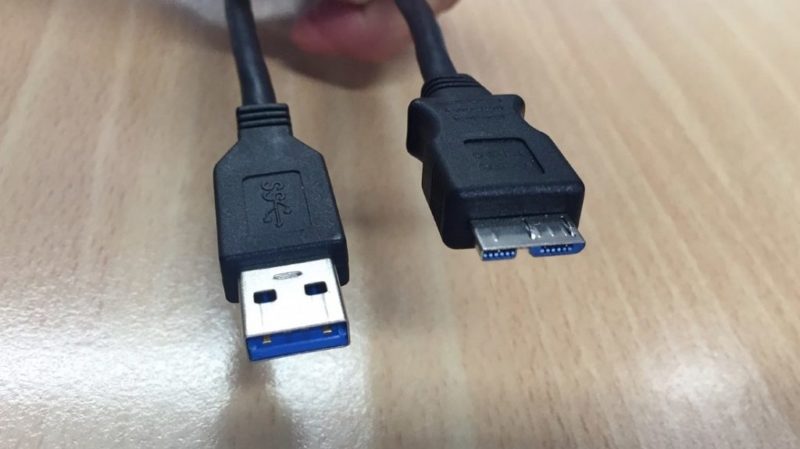La technology advances every day in giant steps, with it the port has arrived USB 3.0, a version with great features. This port has incredible transfer speeds, which will surely be very useful to you, if you want to know a little more about it, just keep reading.
What makes USB 3.0 port technology stand out?
The creation of technology USB 3.0 It occurred around 2008, where a speed double that of USB 2.0 was offered. This entails big changes in data transfer systems, because it meant truly incredible speed.
El USB 3.0 takes care of transfer data at 600 MB/s, an incredible speed considering that 2.0 only works with 60 MB/s. Over the years, some changes have been made, allowing some ports with the latest version to transfer up to 2500 MB/s.
This speed may not be noticed too much at home, since transfers to devices such as pendrives do not require great features. The great reception of this connection It refers to the transfer of data between computers, as it means incredible speed.
Known as SuperSpeed USB, a port USB 3.0 You can add other features such as an increase in device charging speed. It also highlights the fact that it can offer better energy management, reducing consumption and improving efficiency.
Having this technology opens the doors to an immense variety of possibilities, including compatibility with previous versions. The problem is that when using technology USB 3.0 with other 2.0 the speed is reduced to that of the second.
Is it necessary to have a USB 3.0 port?
Although few devices make this requirement a requirement, implementing a USB 3.0 port can have many advantages. Mainly the fact that it helps reduce consumption and the functions are much smarter than with other devices.
The fact that many computers today have a connector USB type C, which is accompanied by this technology; makes every time the implementation of USB 3.0 becomes more imminent.
Devices such as some mobile phones from brands such as Xiaomi, Samsung or Apple, integrate this technology so that the transfer of data in a matter of seconds. to a port USB It is also integrated with the possibility of energy transfer, useful for powering external devices or charging the batteries of others.
With this port, energy efficiency is improved incredibly, adding to some devices the possibility of charging almost immediately. Another important aspect is that many devices can be disabled thanks to their connection to this port.
What are the characteristics of a port that can have USB 3.0?

In computers, there are two types of port USB 3.0 one A and one B, additionally, this may have different transfer capacities. Port A is the most traditional, characterized by its integration into most computers and even devices such as external hard drives. This has a width of 11,5 mm and a height of 4,5 mm.
Moreover, USB type B ports They are a little smaller, at 8,45mm wide and 7,78mm tall. This is commonly used for devices such as printers, scanners, fax machines and many other office devices.
When talking about speed, it should be mentioned that the technology USB 3.0 it has evolved; thus, depending on the version that the port has, the speed will have to vary. Those with basic technology, i.e. USB 3.0, transfers 600 MB/s.
Then evolution creates technology USB 3.0 Gen, which is divided into two partitions, Gen 1 and 2, then 2×2, the newest one, is added. These have transfer speeds that stand out by surpassing limits that were unthinkable and that currently offer excellent possibilities.
In the case of the USB 3.0 Gen 1, the speed is 5000 MB/s, almost 10 times that of the original technology. Then, Gen 2 manages to reach 10000 MB/s, finally Gen 2×2 doubles this speed with 20000 Mb/s. A port USB 3.0 can easily support these capabilities transfer, which can be improved if you advance to a 3.1 or 3.2 port.







